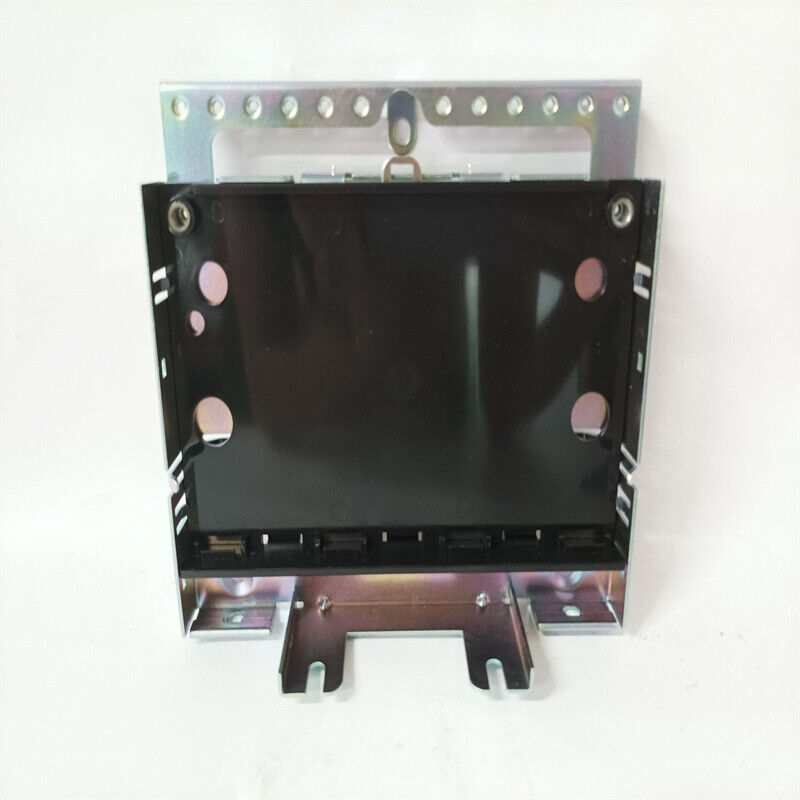
World Of Controls understands the criticality of your requirement and works towards reducing the lead time as much as possible.
IS230STAOH2A - Analog Output Module is available in stock which ships the same day.
IS230STAOH2A - Analog Output Module comes in UNUSED as well as REBUILT condition.
To avail our best deals for IS230STAOH2A - Analog Output Module, contact us and we will get back to you within 24 hours.
SPECIFICATIONS:
Part Number: IS230STAOH2A
Manufacturer: General Electric
Series: Mark VIe
Product Type: Analog Output Module
Number of channels: 12
Common Mode Voltage Range: +5 V dc
Maximum Lead Resistance: 15Ω
Analog output current: 0-20 mA
Operating temperature: -30 to 65 °C
Size: 8.26 cm high x 4.18 cm
Frequency: 50 or 60 Hz
Repair: 3-7 Day
Availability: In Stock
Weight: 2 lbs
Country of Origin: United States
FUNCTIONAL DESCRIPTION:
IS230STAOH2A is an Analog Output Module manufactured and designed by General Electric as part of the Mark VIe Series used in GE Speedtronic Distributed Control Systems. An analog output module is a device used in automation and control systems to generate analog signals. It is commonly used to control various industrial processes by converting digital signals from a controller or a computer into corresponding analog signals that can be understood by devices such as motors, valves, actuators, and other analog-controlled devices. An analog output module typically consists of one or more channels, each capable of generating an analog signal. The number of channels may vary depending on the specific module and its intended application. Each channel usually has a digital-to-analog converter (DAC) that converts the digital signal received from the controller or computer into an analog voltage or current signal.
Analog output modules can support different signal types, such as voltage or current. The output range of the module can often be configured to match the requirements of the connected devices. For example, if the analog-controlled device operates within a certain voltage range, the analog output module can be set to generate signals within that range.
FEATURES:
Analog output modules come with a range of features that enhance their functionality and flexibility in industrial automation and control systems. Here are some common features found in analog output modules:
Number of Channels: Analog output modules are available with different numbers of channels to accommodate various application requirements. Modules can have a single channel or multiple channels, such as 4, 8, 16, or more. The number of channels determines the number of analog signals that can be generated simultaneously.
Signal Types: Analog output modules support different signal types, including voltage and current. They can be configured to generate analog signals in a specific range suitable for connected devices. The output signal type can be selected based on the requirements of the controlled devices.
Output Range: Analog output modules allow users to configure the output range of each channel. This feature enables matching the output signals to the specific requirements of the devices being controlled. The output range can be adjusted to provide signals within a specific voltage or current range.
Communication Protocols: Analog output modules support various communication protocols to interface with the controller or computer. Common protocols include Modbus, Profibus, DeviceNet, Ethernet/IP, and others. The choice of communication protocol depends on the compatibility and integration requirements of the overall control system.
Diagnostic and Monitoring Capabilities: Some analog output modules offer diagnostic features that enable monitoring and troubleshooting. These features can include channel status indicators, error detection, fault reporting, and other diagnostic information that helps identify and resolve issues in the output signals or module operation.
WOC has the largest stock of GE Speedtronic Distributed Control System Replacement Parts. We can also repair your faulty boards. WORLD OF CONTROLS can also supply unused and rebuilt backed-up with a warranty. Our team of experts is available round the clock to support your OEM needs. Our team of experts at WOC is happy to assist you with any of your automation requirements. For pricing and availability on any parts and repairs, kindly get in touch with our team by phone or email.
FREQUENTLY ASKED QUESTIONS:
How do analog output modules generate analog signals?
Analog output modules use digital-to-analog converters (DACs) to convert the digital signals received from the controller or computer into corresponding analog voltage or current signals. Each channel of the module typically has a DAC to generate an independent analog output signal.
How many channels does an analog output module typically have?
Analog output modules can have different numbers of channels, depending on the specific module and its intended application. Modules may have a single channel or multiple channels, such as 4, 8, 16, or more, allowing for simultaneous generation of multiple analog signals.
How fast can analog output modules update their output signals?
The update rate or output update speed of an analog output module indicates how quickly it can generate new analog output signals. The update rate is typically measured in samples per second (SPS) or milliseconds (ms). A higher update rate allows for more responsive control.